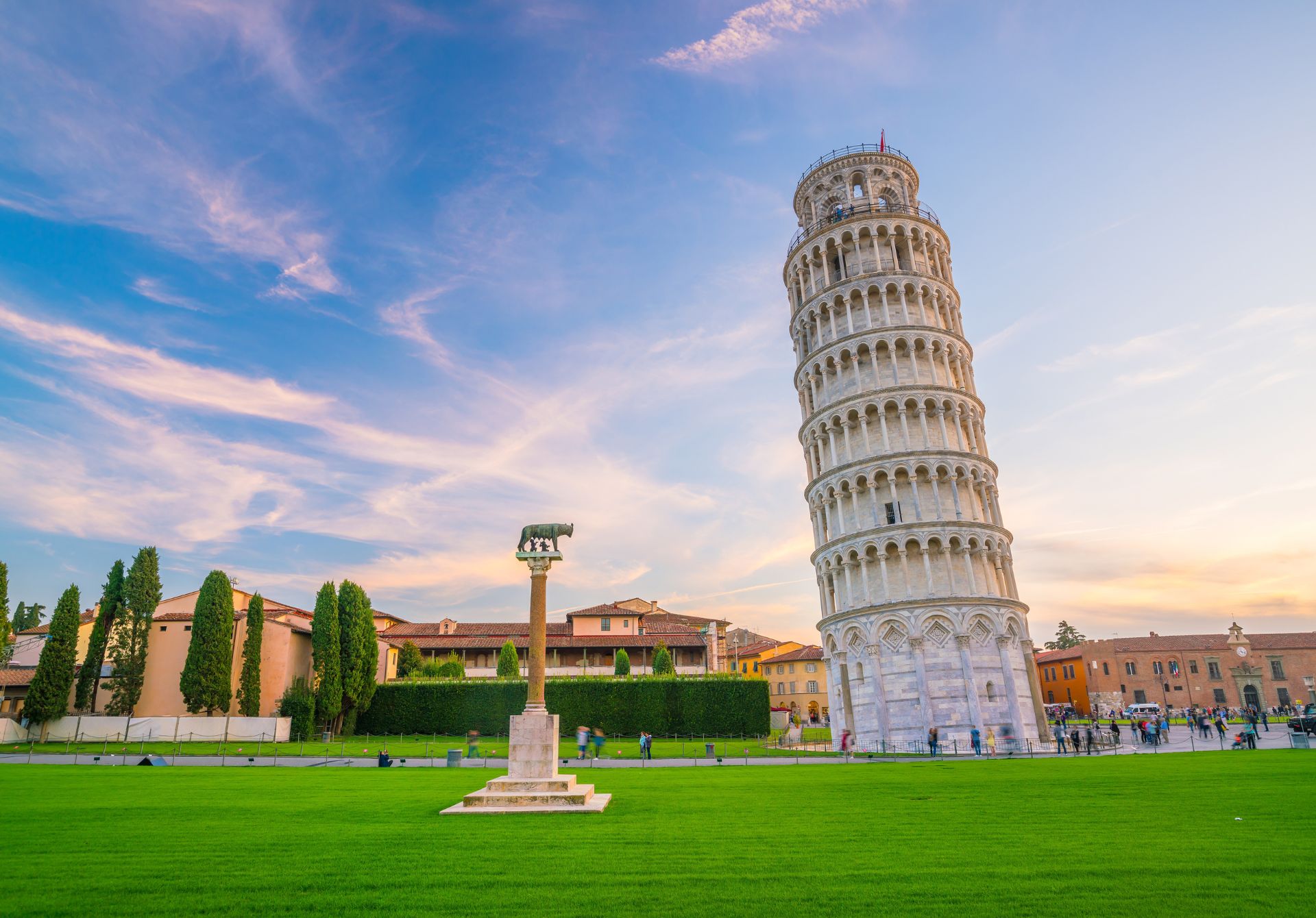Nestled in the heart of Tuscany, Pisa stands as a testament to Italian historical grandeur, with roots stretching back to the ancient maritime republics of medieval Italy. Founded around the 5th century BCE, the city emerged as a powerful maritime trading center, rivaling other Mediterranean powerhouses like Venice and Genoa during the Middle Ages.
Maritime Republic Era: Pisa’s Golden Age
Between the 11th and 13th centuries, Pisa experienced unprecedented prosperity. The city’s strategic location along the Arno River and its robust naval capabilities enabled it to establish extensive trade networks across the Mediterranean. Archaeological evidence suggests that Pisan merchants traded with North African kingdoms, Byzantine territories, and even reached as far as the Levant.
Architectural Marvels and Cultural Heritage
While the Leaning Tower remains Pisa’s most internationally recognized landmark, the city boasts a remarkable array of architectural and cultural treasures. The Piazza dei Miracoli (Square of Miracles), a UNESCO World Heritage site, encompasses not just the famous tower, but also the stunning Pisa Cathedral, the Baptistry, and the Camposanto Monumentale.
The Leaning Tower: More Than Just a Tourist Attraction
Constructed between 1173 and 1372, the Torre di Pisa represents more than a photographic novelty. Its unique tilt, caused by soft ground and architectural miscalculations, has become a symbol of human resilience and engineering adaptation. Extensive stabilization efforts in the late 20th century prevented its potential collapse, reducing the tower’s lean from 5.5 to 3.97 degrees.
Economic and Academic Landscape
Modern Pisa is not merely a historical relic but a vibrant center of education and innovation. The University of Pisa, founded in 1343, ranks among Italy’s most prestigious institutions. With over 50,000 students and a strong focus on scientific research, the university has produced numerous notable alumni, including galileo Galilei, who famously taught mathematics there in the late 16th century.
Contemporary Significance and Tourism
Tourism plays a crucial role in Pisa’s contemporary economy. Annual visitor numbers exceed 4 million, with international tourists contributing significantly to the local economic ecosystem. The city has successfully balanced preservation of historical sites with modern urban development, creating a dynamic environment that honors its rich past while embracing future opportunities.
Cultural Festivals and Local Traditions
Throughout the year, Pisa hosts numerous cultural events that celebrate its heritage. The Luminara di San Ranieri, an annual festival in June, transforms the city with thousands of candlelit windows and boats, creating a breathtaking visual spectacle that attracts visitors from across the globe.
Pisa represents far more than its iconic leaning tower. It is a microcosm of Tuscan resilience, architectural brilliance, and cultural sophistication. From its maritime republic days to its current status as an educational and tourist hub, the city continues to captivate and inspire, serving as a living museum of Italian history and innovation.

